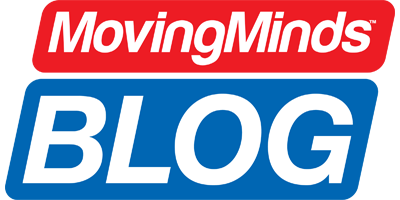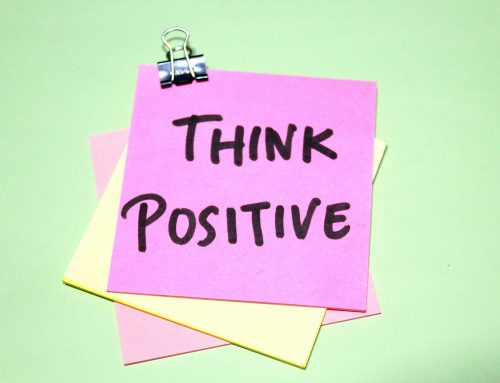Social emotional learning. SEL. What is it? Seems like a buzzword these days. The concept of SEL is not new, as it has been around for decades.
The Collaborative for Academic, Social and Emotional Learning (CASEL, n.d.) defines it as:
“The process through which all young people and adults acquire and apply the knowledge, skills and attitudes to develop healthy identities, manage emotions and achieve personal and collective goals, feel and show empathy for others, establish and maintain supportive relationships, and make responsible and caring decisions.”
Wow! In addition to acquiring the content we are required to teach, this is exactly what we hope and desire from our students, right?!?
As most of us experienced a lack of control during the pandemic and quarantine(s), many folks had a heightened awareness of SEL and how it impacts our everyday lives…and that of our students.
I, for one, found myself incredibly stressed and anxious when mandates came out regarding restrictions such as no dine-in eating, no school sports allowed, all fitness centers closed. I’m not saying they weren’t warranted. They were just frustrating and made me feel like I was trapped.
If we, as adults, need the skills to deal with these issues, imagine what our students need. Incorporating activities to address SEL in our classrooms can be relatively easy, if you think outside the box.
In the CASEL diagram, the skills of self-awareness, self-management, social awareness, responsible decision-making, and relationships are recommended to be addressed in school classrooms.
Many of our students are experiencing social isolation, grief, financial limitations, and exposure to racism and violence. As we teach, we can incorporate ways for students to practice these skill sets.
Some Simple Tips
Self-awareness
Have students maintain an emotional journal, indicating how they are feeling and drawing pictures/emojis to describe.
Self-management
Use the THINK process to show students responsible social media use before posting an unkind or untrue remark about a person because they are upset. T—is it true, H—is it helpful, I—is it inspiring, N—is it necessary, K—is it kind. This activity could be included as a class rule.
Social Awareness
Have students cut one strip of paper for each classmate and write down a positive trait about that person or a task to spread kindness; each student can loop his/her strips together to form a paper chain; each day, have students tear one link to guide their SEL daily check.
Responsible Decision-making
Walk students through a scenario in which they write down or reflect on a responsible decision (e.g., helping a peer in need even if it means losing recess time); ask them to define the problem/decision; list all the possible options to achieve the goal; list all the positives/negatives for making the decision; weigh the positives/negatives by giving a score 0-10; choose the best option; implement it.
Relationship Skills
Hold a class discussion allowing students to share how they feel when…someone cuts in front of them in line, someone tells on them, someone takes their pencil, someone talks about them in a bad way to someone else.
Try this Mindfulness Countdown activity!
Turn down the lights and turn on some soothing music. Ask students to write down or think about words to describe how they are feeling. Allow for a bit of quiet time for them to process.
Next, ask them to write/think about FIVE things they can see. Then, FOUR things they can feel. Now, THREE things they can hear. TWO things they can smell. Finally, ONE thing they can taste. Finish the mindfulness activity by asking them how they feel now and allow them to think about how their feelings may have changed from start to finish.
References
The Collaborative for Academic, Social, and Emotional Learning. (n.d.). Retrieved February 9, 2021, from https://casel.org/
Heather is a Professor in the Department of Kinesiology and Health Promotion at the University of Kentucky. She is a former physical education teacher, and co-author of Dynamic Physical Education for Secondary School Children, 8ed. Heather was also the recipient of the NASPE Curriculum and Instruction Young Scholar Award and a AAHPERD Research Consortium Fellow.






Leave A Comment